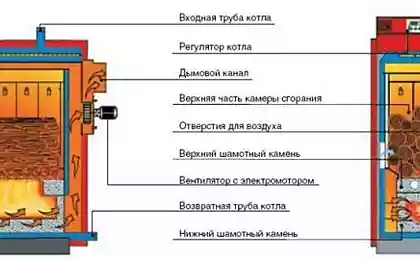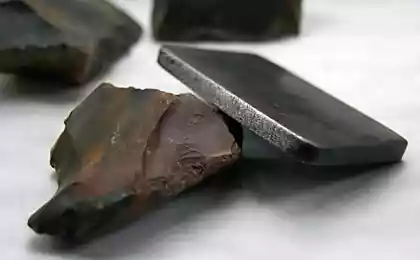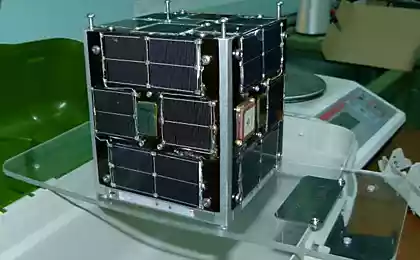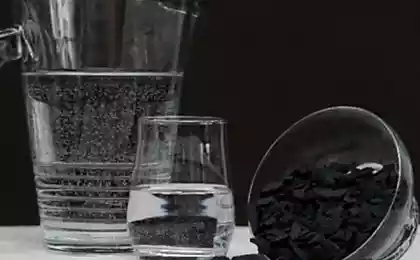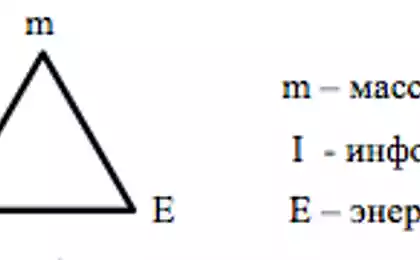433
The production of rocket fuel from the water can transform the entire energy of the Earth
Researchers under the leadership of former chief technologist NASA hope to launch a satellite that runs on water as a fuel source. A group of Cornell University Mason peck want their device was the first CubeSat (small satellites the size of a shoebox), which will be released into lunar orbit and demonstrate the potential of water as a fuel source for spacecraft. It is a safe and stable stuff is very common even in space, and could find wider use on Earth, since we are looking for an alternative to fossil fuels.
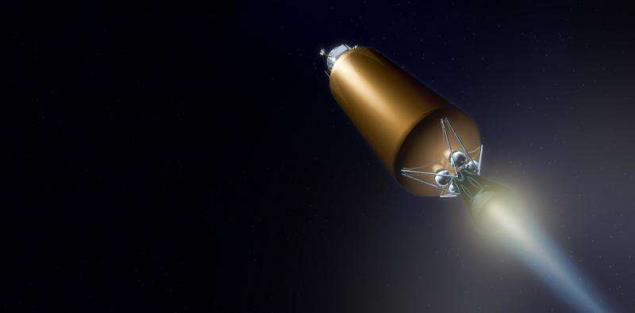
Until we develop warp drive or some other futuristic propulsion system, our space travel probably will largely depend on the missiles on the fuel, which is available now. They work by burning gas in the back of the machine and due to this, due to the laws of physics, pushing forward. Such propulsion system for satellites should be light and carry a lot of energy in a small space (to have a high energy density), and to continually maintain the unit for many years or even decades in orbit.
The first concern is safety. Packing energy in a small volume and mass in the form of fuel means that even the slightest issue will lead to catastrophic consequences like what we saw with the recent explosion of a SpaceX rocket. Conclusion satellites into orbit with any form of volatile fuel on Board could spell disaster for expensive equipment, and perhaps for human life, even worse.
Water can help us to circumvent this problem because it is essentially a carrier of energy, not fuel. A group at Cornell University has no plans to use water as fuel, but rather to use electricity from solar panels to split water into hydrogen and oxygen and use them as fuel. These two gases combine and become explosive mixture, allowing to realize the energy expended in the splitting of water. The burning of these gases can be used for the movement of the satellite ahead, its acceleration or change of orbital position depending on the destination.
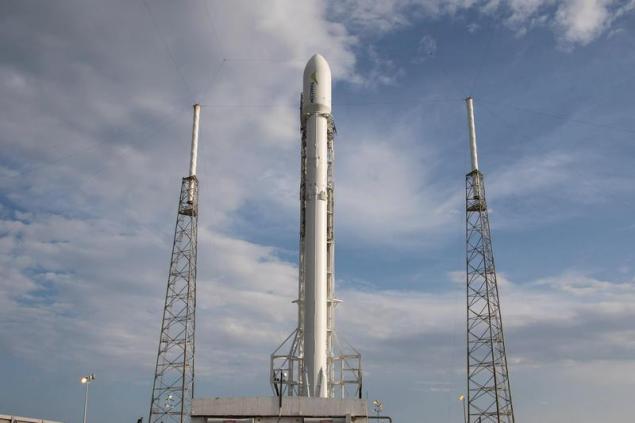
Solar panels are very reliable and have no moving parts, ideal for operation in microgravity and in the extreme conditions of space, to generate current from sunlight. Traditionally, this energy is accumulated in batteries, but Cornell scientists want to use it for splitting water on Board.
The proposed process is known as electrolysis — involves passing a current through water, usually containing a little soluble electrolyte. The current splits water into oxygen and hydrogen, which are allocated separately on the two electrodes — the anode and the cathode. On Earth gravity then separates these gases and you can use them. But in zero gravity, the satellite would require the centrifugal force of rotation for separating gas from the solution.
Electrolysis is already used in space before, to provide oxygen for a manned space mission and not pick up oxygen tanks at high pressure, for example, on the International space station. But instead to send water into space in a load on the rocket, we could just once get her on the moon or on asteroids. If the new approach of using hydrogen and oxygen fuel for the satellite are successful, we could get it ready-made source in space. This approach could be applied to power supply of spacecrafts of the future.
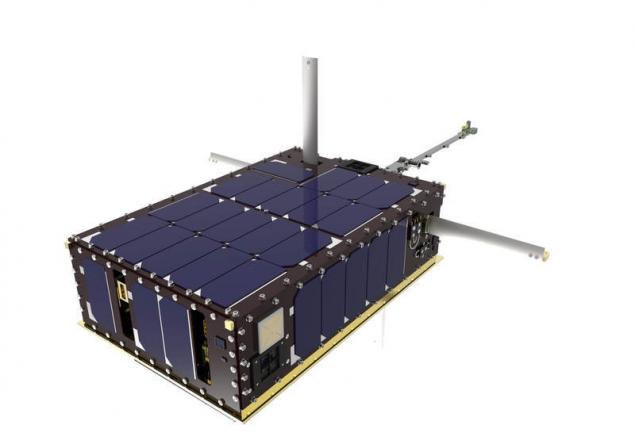
As is often the case, developments in the field of space technology produce ideas that can be applied on the Ground, especially in solving the major energy problems. Electricity is really hard to store, and with increasing demand for energy, we need breakthroughs. Wind and solar farms are not the most efficient forms of renewable energy, not because of problems with energy production, and due to the fact that we are often unable to do anything useful with this energy. The grid cannot cope during periods of high generation and low demand for energy.Maybe we can use surplus electricity to split water into hydrogen and oxygen. Then, hydrogen to stock, and if necessary to combine it with oxygen from the atmosphere. published
Source: hi-news.ru/technology/proizvodstvo-raketnogo-topliva-iz-vody-mozhet-perevernut-vsyu-energetiku-zemli.html

Until we develop warp drive or some other futuristic propulsion system, our space travel probably will largely depend on the missiles on the fuel, which is available now. They work by burning gas in the back of the machine and due to this, due to the laws of physics, pushing forward. Such propulsion system for satellites should be light and carry a lot of energy in a small space (to have a high energy density), and to continually maintain the unit for many years or even decades in orbit.
The first concern is safety. Packing energy in a small volume and mass in the form of fuel means that even the slightest issue will lead to catastrophic consequences like what we saw with the recent explosion of a SpaceX rocket. Conclusion satellites into orbit with any form of volatile fuel on Board could spell disaster for expensive equipment, and perhaps for human life, even worse.
Water can help us to circumvent this problem because it is essentially a carrier of energy, not fuel. A group at Cornell University has no plans to use water as fuel, but rather to use electricity from solar panels to split water into hydrogen and oxygen and use them as fuel. These two gases combine and become explosive mixture, allowing to realize the energy expended in the splitting of water. The burning of these gases can be used for the movement of the satellite ahead, its acceleration or change of orbital position depending on the destination.

Solar panels are very reliable and have no moving parts, ideal for operation in microgravity and in the extreme conditions of space, to generate current from sunlight. Traditionally, this energy is accumulated in batteries, but Cornell scientists want to use it for splitting water on Board.
The proposed process is known as electrolysis — involves passing a current through water, usually containing a little soluble electrolyte. The current splits water into oxygen and hydrogen, which are allocated separately on the two electrodes — the anode and the cathode. On Earth gravity then separates these gases and you can use them. But in zero gravity, the satellite would require the centrifugal force of rotation for separating gas from the solution.
Electrolysis is already used in space before, to provide oxygen for a manned space mission and not pick up oxygen tanks at high pressure, for example, on the International space station. But instead to send water into space in a load on the rocket, we could just once get her on the moon or on asteroids. If the new approach of using hydrogen and oxygen fuel for the satellite are successful, we could get it ready-made source in space. This approach could be applied to power supply of spacecrafts of the future.

As is often the case, developments in the field of space technology produce ideas that can be applied on the Ground, especially in solving the major energy problems. Electricity is really hard to store, and with increasing demand for energy, we need breakthroughs. Wind and solar farms are not the most efficient forms of renewable energy, not because of problems with energy production, and due to the fact that we are often unable to do anything useful with this energy. The grid cannot cope during periods of high generation and low demand for energy.Maybe we can use surplus electricity to split water into hydrogen and oxygen. Then, hydrogen to stock, and if necessary to combine it with oxygen from the atmosphere. published
Source: hi-news.ru/technology/proizvodstvo-raketnogo-topliva-iz-vody-mozhet-perevernut-vsyu-energetiku-zemli.html









